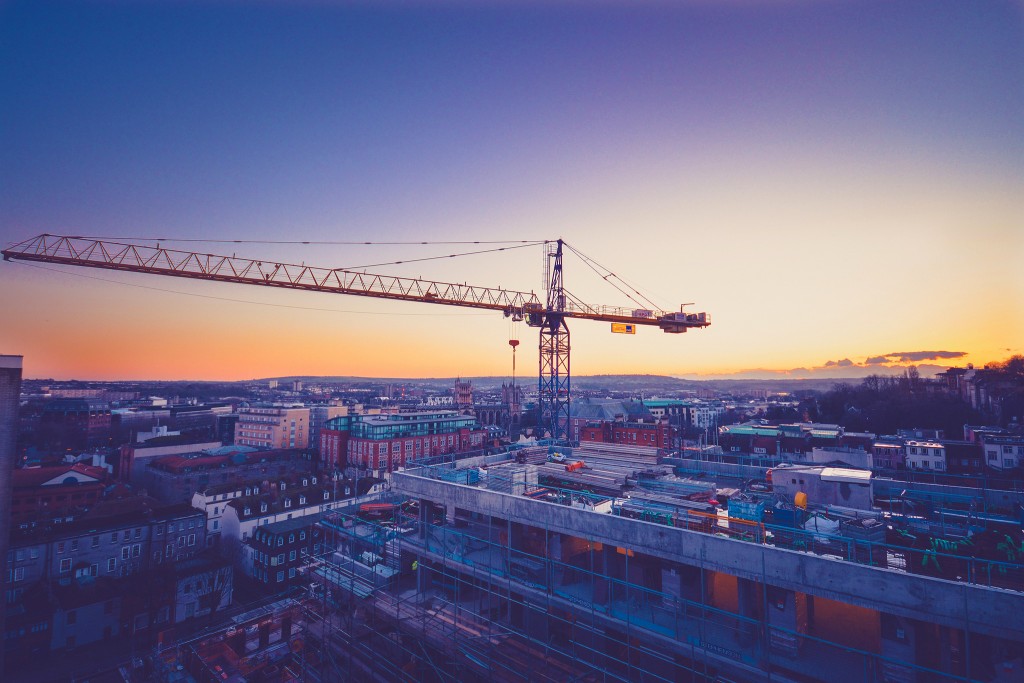Reroofing is and always will be the predominant project type in the roofing industry. Roughly 70-90% of all roofing projects (depending on the year) are performed on existing buildings. Understanding the reroofing requirements in the building code is critical to proper design and construction. And fortunately, the reroofing requirements are not all that complicated.
The 2015 International Building Code, Section 1511, Reroofing provides the building code requirements when reroofing. Reroofing projects are divided into two types: recovering and replacement (which includes full removal of the existing roof).
Metal panel reroofing projects must meet the same fire, wind, and impact requirements for roof systems for new construction; however, they do not need to meet the minimum slope requirements (¼:12 for standing seam; ½:12 for lapped, nonsoldered and sealed seams; 3:12 for lapped, nonsoldered, non-sealed seams) if there is positive drainage. Also, reroofing projects do not need to meet the secondary drainage requirements (i.e., installation of emergency overflow systems is not required).
The requirements for metal panel and metal shingle roof coverings are in Section 1507.4, Metal roof panels and Section 1507.5, Metal roof shingles of the 2015 IBC. These apply for new construction and reroofing, and include information about decks, deck slope, materials, attachment, underlayment and high wind, ice barriers, and flashing. The 2012 IBC has the same requirements; the 2015 IBC added new language about deck slope and attachment requirements for metal roof panels. Nothing was changed for metal roof shingles.
In general, recovering is only allowed if there is one existing roof in place, except if a recover metal panel roof system transmits loads directly to the structural system (bypassing the existing roof system). This provides a great advantage for metal panel roofs! The existing roofs do not need to be removed, but new supports need to be attached through the existing roof (typically a metal panel roof) directly into existing purlins.
If metal panels or metal shingles are installed over a wood shake roof, creating a combustible concealed space, a layer of gypsum, mineral fiber, glass fiber, or other approved material is required to be installed between the wood roof and the recover metal roof system.
Good roofing practice is codified in the reroofing section of the IBC; contractors who design and install a recover or replacement metal roof are legally required to follow locally adopted code requirements. And, of course, all metal roofs must be installed according to the manufacturer’s approved instructions.